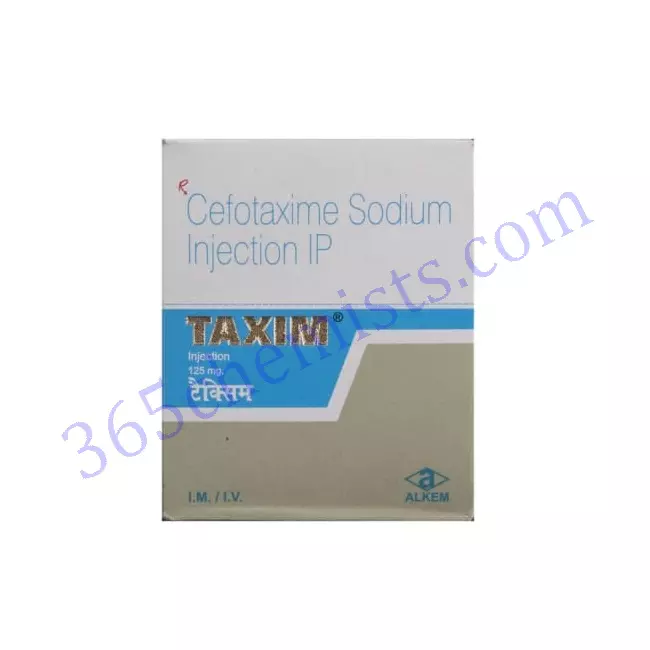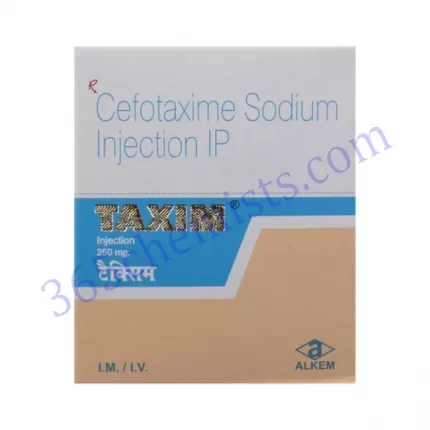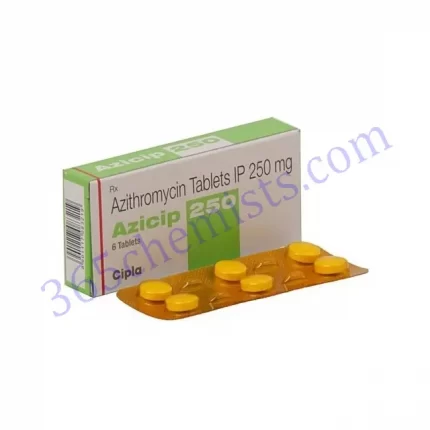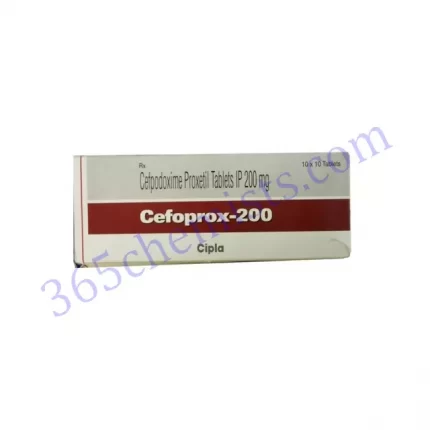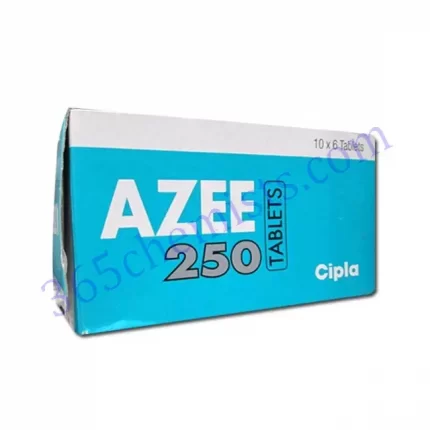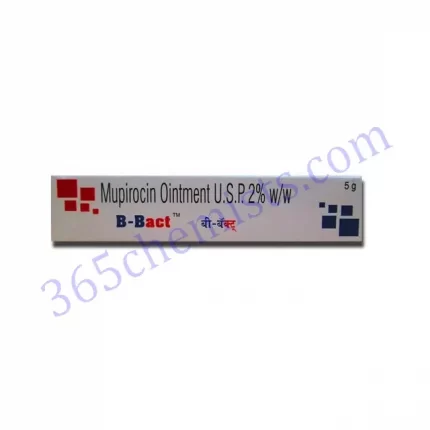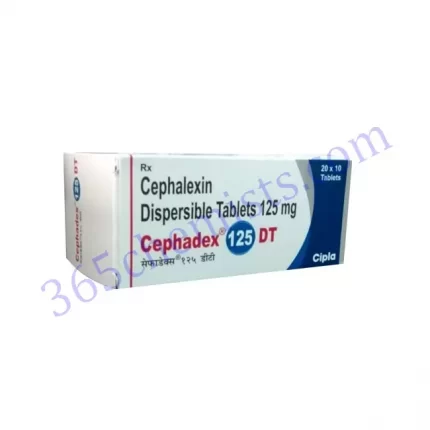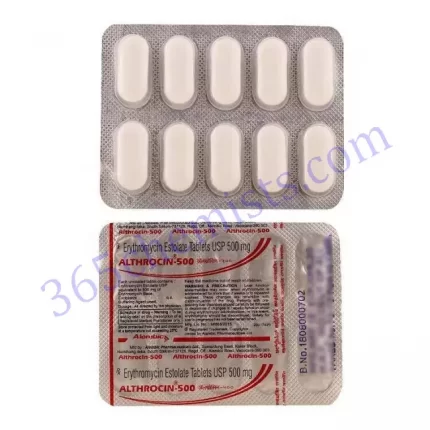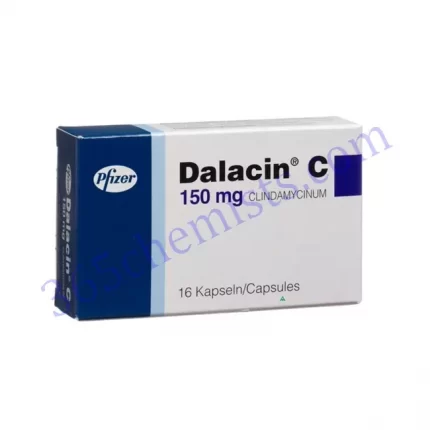Taxim 125mg Injection (Cefotaxime): An Effective Antibiotic for Bacterial Infections
Cefotaxime is the active component in the antibacterial medication known as Taxim 125mg Injection, which is a strong dose of the drug. The treatment of bacterial infections with the antibiotic cefotaxime, which is a member of the cephalosporin family of medications, is very common. This article presents a detailed analysis of Taxim 125mg Injection, covering topics such as its mode of action, indications, dosage, precautions, and potential adverse effects.
Mechanism of Action:
Cefotaxime, the active ingredient in Taxim 125mg Injection, achieves the desired therapeutic effect by inhibiting the production of cell walls in bacteria. This is how the medication works. It achieves this result by inhibiting the activity of enzymes that are involved in the formation of peptidoglycan, which is a significant component of the cell wall of bacteria. Cefotaxime weakens the bacteria by compromising the integrity of the cell wall, which in turn makes the bacteria more vulnerable to the immune response of the body as well as to other antimicrobial agents. This, in the end, will result in the complete elimination of the infection.
Indications:
Indications for the use of Taxim 125mg Injection include the treatment of a variety of bacterial infections. Infections of the respiratory tract, such as pneumonia and bronchitis, are among the most common indications for its use. Additionally, it is effective against infections of the urinary tract, as well as infections of the skin and soft tissues, intra-abdominal infections, and septicemia that are caused by bacteria that are susceptible to the drug. On the other hand, it is essential to keep in mind that the Taxim 125mg Injection is ineffective against viral infections.
Related product
Taxim 125mg Injection
Taxim 250mg Injection
Taxim 500mg Injection
Taxim-O DT 100 Tablet
Taxim-O 200 Tablet
Taxim OF Tablet
Taxim O 400 Tablet
Taxim O DT 50 Tablet
Taxim O CV Dry Syrup
Taxim O Dry Suspesion
Taxim O Forte Dry Syrup
Dosage and Administration:
It is possible for the recommended dosage of Taxim 125mg Injection to change depending on variables such as the patient’s age, the severity of the infection, and their general state of health. It is essential to carefully adhere to the dosage instructions provided by a medical professional or those listed on the packaging of the medication that you have been prescribed. Injections of Taxim 125mg can be given intravenously (IV) or intramuscularly (IM), but the specific route of administration will be decided by a medical professional based on the type of infection that is being treated.
Precautions and Warnings:
It is important to inform your healthcare provider about any known allergies or sensitivities to cephalosporins, penicillins, or any other medications prior to beginning treatment with Taxim 125mg Injection. In addition, make sure to disclose your entire medical history, including any previous diagnoses of kidney disease, liver disease, or any other underlying conditions you may have had. This information will assist the medical professional in evaluating whether or not Taxim 125mg Injection is the appropriate treatment for your unique circumstance and in determining the dosage that should be administered.
Dosage in Pediatric Patients:
Taxim 125mg In children, the administration of medication via injection for the treatment of bacterial infections is an option. The dosage and the way it should be administered to children are decided after considering a number of factors, including the child’s age, weight, and the particular infection that is being treated. It is critical to seek the advice of a qualified medical professional in order to receive instructions on the correct dosage, as well as to confirm that the medication is both safe and effective for paediatric patients.
Special Precautions:
Despite the fact that Taxim 125mg Injection is generally safe and well tolerated, there are a few precautions that should be taken before using it. Cefotaxime, cephalosporins, and any other medications should be discussed with your primary care physician along with any known allergies or sensitivities you may have. In addition, it is imperative that you disclose any history of kidney or liver disease, as dosage adjustments may be required in some cases. In addition, patients who have a previous history of gastrointestinal disease or colitis need to be closely monitored while taking cefotaxime because this medication has the potential to make these conditions worse.
Possible Side Effects:
Taxim 125 mg, just like any other medication, Injection has the potential to cause a variety of adverse effects; however, not everyone will experience them. Among the most common adverse effects is a disruption in gastrointestinal function, which may manifest as nausea, vomiting, or diarrhoea. The symptoms of an allergic reaction can include a rash, itching, swelling, or difficulty breathing. Allergic reactions are uncommon but not unheard of. It is imperative that you seek immediate medical attention in the event that any of these side effects appear or continue after treatment. It is recommended that you inform your healthcare provider of any additional side effects that are severe or unusual in nature.
Conclusion:
Taxim 125mg An effective antibiotic medication for the treatment of bacterial infections is injection, which contains cefotaxime as its active ingredient. Cefotaxime is administered via injection. It accomplishes this by inhibiting the production of bacterial cell walls, which ultimately results in the elimination of the infection. Patients are able to successfully treat bacterial infections and improve their overall health if they adhere to the dosage and precautions that have been prescribed to them. Taxim 125mg Injection continues to be an important tool for medical professionals in the treatment of bacterial infections, and its use has been linked to improved patient outcomes as well as general well-being.

